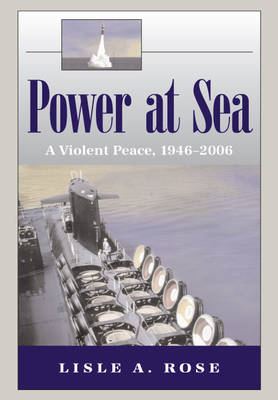
- Retrait gratuit dans votre magasin Club
- 7.000.000 titres dans notre catalogue
- Payer en toute sécurité
- Toujours un magasin près de chez vous
- Retrait gratuit dans votre magasin Club
- 7.000.0000 titres dans notre catalogue
- Payer en toute sécurité
- Toujours un magasin près de chez vous
Description
Offers readers a look at the emergence of America's naval might and establishes Power at Sea as essential in tracing the emergence of US dominance and understanding the continuing importance of ships and sailors in international power plays. This title describes the virtual disappearance after 1945 of all but one great navy.
Spécifications
Parties prenantes
- Auteur(s) :
- Editeur:
Contenu
- Nombre de pages :
- 392
Caractéristiques
- EAN:
- 9780826216953
- Date de parution :
- 30-12-06
- Format:
- Livre relié

Les avis
Nous publions uniquement les avis qui respectent les conditions requises. Consultez nos conditions pour les avis.






